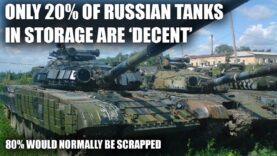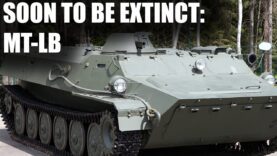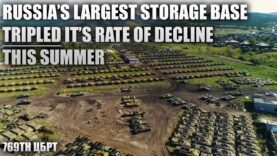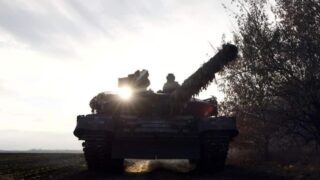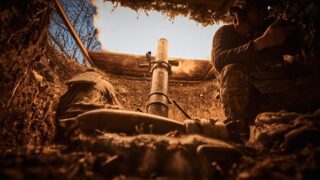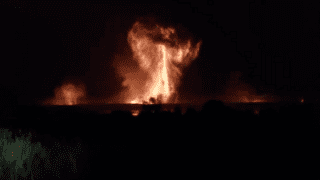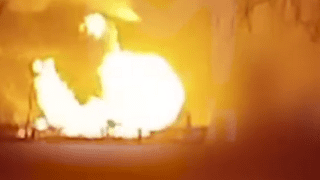After 2.5 Years, How Many MLRS Does Russia Have Left? Count Using Unreleased…
After 2.5 Years, How Many MLRS Does Russia Have Left? Count Using Unreleased Satellite Imagery
Video Summary -Covert Cabal
I’ve teamed up with JY to count the number of MLRS in storage using the latest satellite imagery available. It’s near impossible to get accurate and unbiased information, which is why I love satellite imagery – it don’t lie. With the help of Ground News, a website and app that gathers articles from thousands of sources worldwide, we can compare how different outlets cover the same story and identify any biases.
Let’s take a look at the three main MLRS systems used by Russia – the BM-21 Grad, BM-27 Uragan, and BM-30 Smerch. The BM-21 Grad is the oldest, having been in service since the early 1960s, but it’s still an effective weapon, capable of launching rockets with warheads ranging from high explosives to smoke to mines.
The BM-27 Uragan and BM-30 Smerch, introduced in the mid-1970s and late 1980s respectively, carry less but larger and more accurate rockets. However, rocket artillery has its downsides. It’s often unable to penetrate enemy defenses and has low accuracy, making it possible for the enemy to remain unaffected. Its effectiveness is also limited by the fact that it typically doesn’t have much range.
Despite these limitations, rocket artillery remains an important weapon for Russia’s military, particularly in the context of enemy attacks. In many ways, it’s more of a psychological or morale-changing weapon, boosting those who fire it and devastating the morale of those on the receiving end.
We’ve identified 22 different storage bases that held MLRS before the war began, holding a total of 1,474 systems. Today, just 10 bases have any remaining MLRS, with the 109th depot accounting for roughly 50% of them. Unfortunately, many of these systems are now in poor condition.
In fact, an analysis of the satellite imagery reveals that most of the systems in storage are nearing the end of their lifespan. However, this doesn’t mean that Russia doesn’t have any MLRS left. According to Ukraine, as of February 2024, Russia had some 1,130 MLRS in active service, with several being repaired and upgraded at factories. There are also improvised MLR systems being used on both sides, such as the destroyed Russian BM-21 Grad used by Ukraine to create their own improvised systems.
It’s worth noting that there are challenges in counting Russian MLRS systems. Satellite imagery can be misleading, as many MLRS look similar to trucks, and it’s often difficult to distinguish between them. However, by studying them for a while, it’s possible to identify them. Additionally, there are various Russian MLRS systems, including the Tornado-G and Tornado-S, which are essentially modernized and upgraded versions of the BM-21 and BM-30.
Russia’s production of new MLRS systems has seen a 153% increase in Q4 2022, but 80% of these were rebuilt from storage. This means that even in the best-case scenario, Russia would have to increase its production rate by roughly 1,300% to make up for the massive decline in storage numbers since the start of the war. Without the MLRS, it will become increasingly difficult for Russia to advance.



